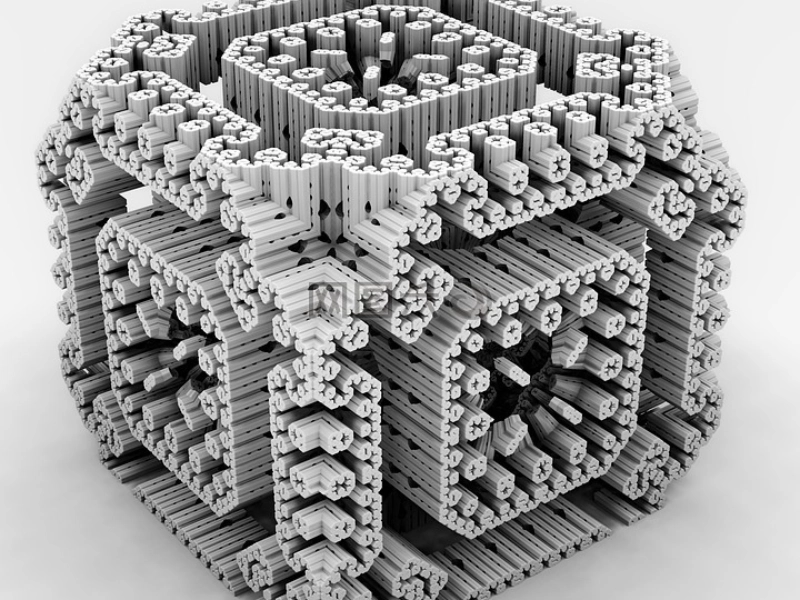Fractal Geometry: The Infinite Beauty of Repetition in Nature
Advertisement
2. Fractals in Nature: From Snowflakes to Galaxies

Advertisement
A treasure store of fractal patterns, the natural world highlights the idea of self-similarity over an amazing spectrum of sizes. From the smallest to the cosmic, fractals abound in nature and provide a window into the fundamental structure of apparently chaotic systems.
Starting tiny with snowflakes, let us Though each snowflake has a different crystalline form, all have a fractal character. Water makes complex patterns of ice crystals when it freezes in the atmosphere. These crystals branch out often to produce smaller replicas of the general form. Each of the renowned exquisite and intricate snowflake designs produced by this procedure is a natural fractal.
Ascending in scale, we discover fractals rather widely reflected in plant life. One classic example is fern structure. tiny fronds—which in turn include even tiny frond-like structures—make up every frond of a fern. This pattern runs down to the smallest leaflets, producing an easily seen natural fractal. Likewise displaying fractal characteristics are the branching patterns of trees, the arrangement of leaves on a stalk (called phyllotaxis), and the construction of blooms like romanesco broccoli.
Fractals show up in the animal realm in odd locations. Blood veins' branching structure and the airways in human lungs follow fractal patterns, therefore optimizing the surface area for oxygen exchange. Fractal mathematics allows one to characterize the complex patterns on butterfly wings, the spirals of seashells, and even the coat spot distribution on some animals.
Expanding the scope, we discover fractals in geological structures. Famously utilized by Mandelbrot to exemplify the idea of fractal dimension, coasts exhibit self-similarity at several sizes. From an airplane or up close on foot, a coastline's jagged edges look identical. Mountains also show fractal characteristics; smaller ridges and peaks reflect the general form of the range.
Fractals are seen even at the largest of scales. Galaxies in the universe follow fractal patterns; clusters of them create bigger structures that mimic the initial cluster forms. This cosmic fractal framework offers understanding of the universe's early development.
Fractals' frequency in nature is not only accidental. Many times, these trends show ideal answers for different natural processes. For example, whilst the fractal structure of our lungs is the most effective approach to compress a great surface area into a compact volume, the fractal branching of trees maximizes leaf exposure to sunlight.
Knowing the fractal character of these events has enormous consequences for scientific investigation. From recreating the formation of galaxies to forecasting the patterns of plant growth, it enables researchers to produce more exact models of natural systems. Fractal analysis aids in ecological comprehension of habitat architecture and biodiversity patterns. In medicine, it uses the fractal patterns of tissues or blood arteries to help identify some disorders.
The abundance of fractals in nature also begs interesting philosophical concerns regarding the basic organizing ideas of the universe. It implies a close relationship between mathematics and the physical world and a basic simplicity in the apparently intricate fabric of nature.
We not only get useful knowledge for many different scientific disciplines but also grow to value the complex beauty of the planet we live on as we keep exploring and comprehending fractals in nature. The next time you stroll in the countryside, stop to examine closely a fern leaf or the branching pattern of a tree; you will be seeing the amazing workmanship of natural fractals.
You May Like
Advertisement

